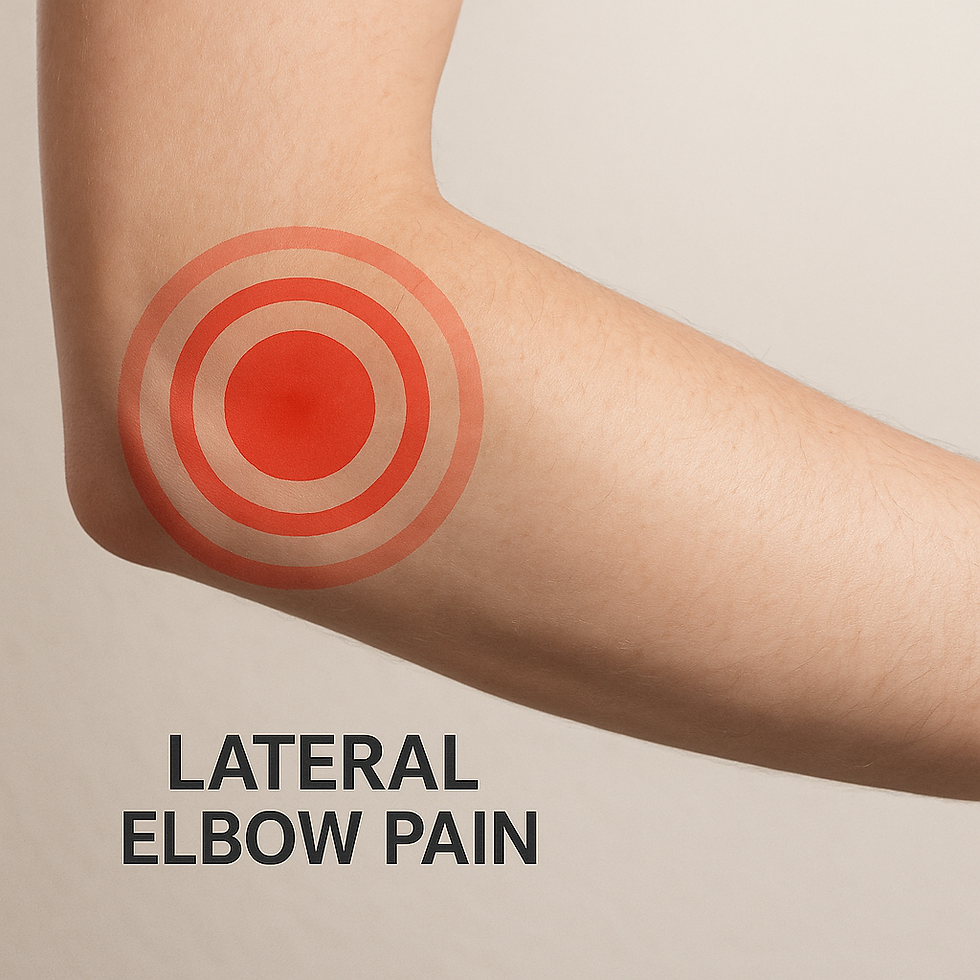Heel Elevated Squatting: Tricks For Exposing Tissues To Positions And Loads
- Will

- Jun 20, 2022
- 3 min read
We’ve seen it in all sorts of ways; on plates, on slant boards, on 2x4s and even in Olympic lifting shoes. Ultimately, it’s just squatting on an inclined surface. It’s not wrong to do this. In some cases it can be quite beneficial in exposing tissue to positions that it doesn’t frequently find itself in. Elevating the heels makes the proper squat position more accessible by removing some of the ankle demands.
Problems begin to arise when a heel elevated squat becomes the only style of squat you perform and progression towards a feet flat stalls out or halts completely.
Whatever implement you use to lift the heel, remember, it’s a tool. And the tool should enable you to progress more towards more freedom of movement and improved confidence in a position – whether it’s squatting on a slant board, squatting in lifters or squatting feet flat.
Remember what the long term goals are: more freedom within a position allows for great movement competence.
When you use a slant board the big change occurs at the ankle, it removes the need for normal ankle dorsiflexion (shin closer to top of foot). It permits the torso to be more upright and draws the knees back away from the tips of the toes rather than the knees going past the toes.
If there are short or long-term restrictions placed on your movements, this becomes a very useful tool. Removing the dorsiflexion demand improves access to the bottom position of a squat. This strategy is often used in clinic to bypass the ankles and allow clients the chance to expose their tissues to a deeper squat while building position and load capacity.
Whoever told folks to “only squat with their heels on the ground” needs to hush with that nonsense.
I’ll admit I was guilty of spreading this rumor in a younger and more foolish stage of my life. What truly needs to happen is that tissues must be exposed to positions and varying loads. If you’ve only ever squatted with your heels off the ground, I do not expect you to be good at squatting with your heels down. If you’ve only ever squatted with vertical shins and your knees behind your toes, I do not expect you to be great all squatting with feet flat and knees over/beyond the toes.
As it relates to the squat, the ultimate goal should be a foot flat position. If you can accomplish this, working back through the other positions should be easier. Slant boards, lifters, heels on plates, etc. become problematic when that is the ONLY position we’re working in. How much time do you spend in a squat during the day?
Practice doesn’t make perfect, practice makes permanent. If you’re using any of these strategies to practice positions in, I encourage you to work towards a progressive goal of getting those heels on the ground. Reduce the angle of the board. Squat in flat, supportive shoes from time to time. If you’re using 10# plates, try 5# or 2.5# plates to shorten the height.
Ultimately, boards, plates, lifting shoes, etc. are all tools. They permit you to bypass some ankle restrictions to allow for easier access to the bottom of the squat. All useful tools for progressing movement goals but not the only positions you should be squatting in. Practice makes permanent and my goal for you is movement competence out in the world, not just in the gym.




Comments